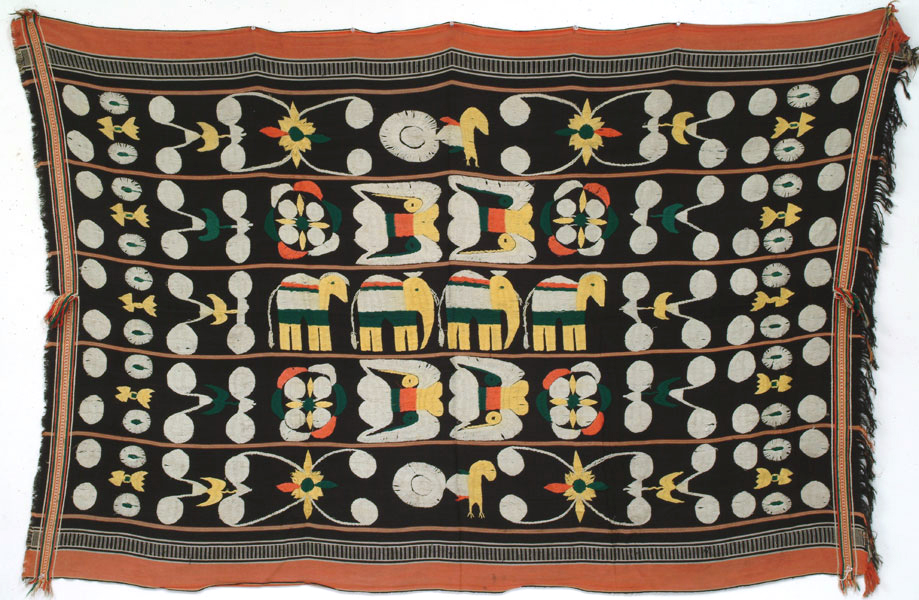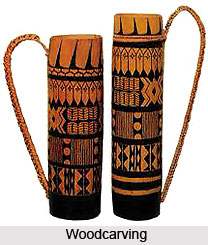Nagaland has a rich heritage of art and craft which are the pillars of its beautiful culture. The art of weaving is famous among the inhabitants of the land and is cherished by them.
The women of the land make baskets out of cane and bamboo and use them for various purposes. Although, each tribe has their own style of making baskets, the Angami tribe is said to be the best. They design patterns on Angami shawls are widely famous. The men make pieces of art using wood and their wood-carving industry is known to have gain appreciation worldwide.
The weaving industry of the state reflects the creativity of the talented local craftsmen which has also helped in the economic development of the state. The weaving industry is usually dominated by women and is one of the most important ones of the state. The local population also practices embroidery on their shawls, clothes and other decorative items made of cloth which symbolizes the glory of the land. The Sami Lami Phee is a popular shawl which were gifted as a symbol of bravery in the ancient times. They are embroidered with unique design patterns wild animals.

The tribes of Wanchos, Phom and Konyaks are famous for their carving skills on wood which helped them gain international coverage. The wood carvers of Nagaland produce unique pieces of wooden work from traditional instruments of adze, chisel, dao and axe. Wooden figures of human beings, elephants, hornbill, mithun head, tiger and other animals are the main products of the traditional industry of wood carving.

The metal work of the Nagas is also quite popular. They make jewelry and weapons which are often taken as mementos by tourists visiting the place. The Rengmas are considered the best Naga blacksmiths. In the olden days Rengmas were known to be the only Naga tribe who smelted iron by boiling and heating the stone, which contained iron-sand.
Nagaland is gem hidden in in the corner of the country. We Indians should cherish it.
References:
- http://ignca.gov.in/divisionss/janapada-sampada/northeastern-regional-centre/miscellaneous-arts-and-crafts-in-nagaland/
- https://www.mapsofindia.com/nagaland/society-and-culture/arts-crafts.html#:~:text=Basketry%20is%20of%20the%20most,their%20intricate%20design%20and%20weaving.&text=The%20pottery%20of%20Nagaland%20is,is%20restricted%20to%20the%20women.
- https://morungexpress.com/art-and-craft-nagas
Picture source:
- https://www.sarajo.com/product/angami-naga-shawl/
- https://www.indianetzone.com/68/art_craft_nagaland.htm